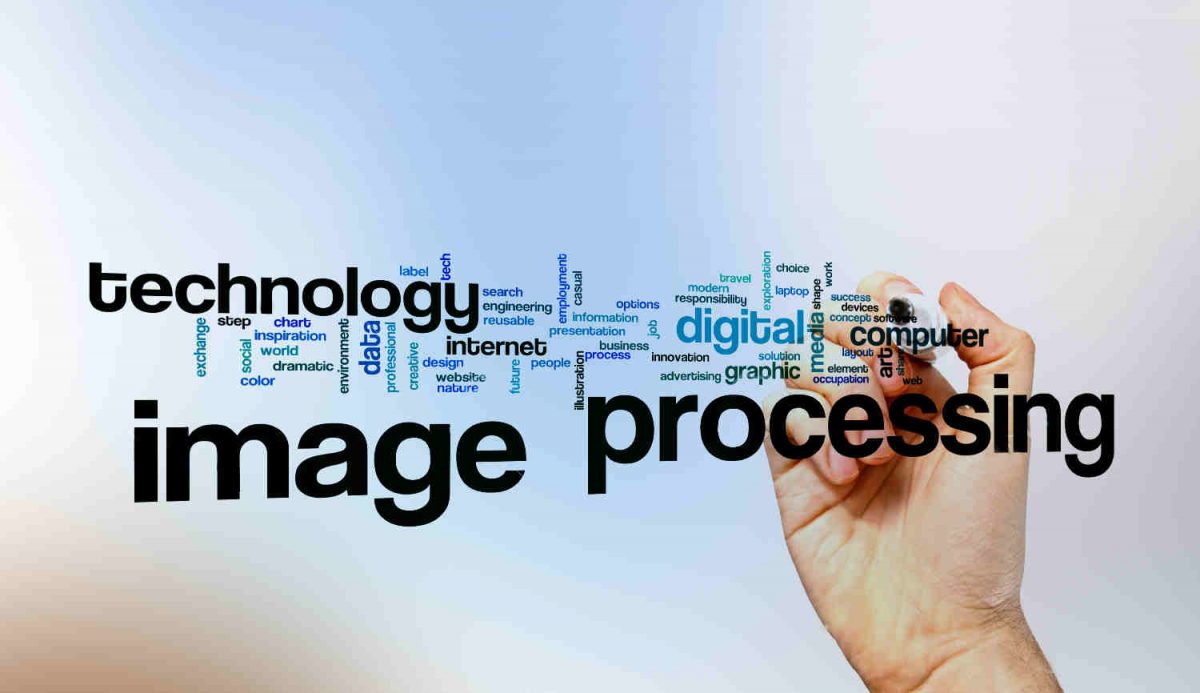**Image processing is a method to convert an image into digital form and perform some operations on it, in order to get an enhanced image or to extract some useful information from it. It is a type of signal dispensation in which input is image, like video frame or photograph and output may be image or characteristics associated with that image.
Usually Image Processing system includes treating images as two dimensional signals while applying already set signal processing methods to them.
It is among rapidly growing technologies today, with its applications in various aspects of a business. Image Processing forms core research area within engineering and computer science disciplines too.
**Image processing mainly include the following steps:
1.Importing the image via image acquisition tools.
2.Analysing and manipulating the image.
3.Output in which result can be altered image or a report which is based on analysing that image.
**Why image processing is important?
Image processing is important because it improves the quality of image and subsequently to perform features extraction and classification. It is effectively used in computer vision, medical imaging, meteorology, astronomy, remote sensing and other related field.
**Methods of Image Processing:
There are two types of methods used for image processing namely, analogue and digital image processing.
-
Analogue image processing can be used for the hard copies like printouts and photographs. Image analysts use various fundamentals of interpretation while using these visual techniques.
-
Digital image processing techniques help in manipulation of the digital images by using computers.
PHASES OF IMAGE PROCESSING:
1.ACQUISITION– It could be as simple as being given an image which is in digital form. The main work involves:
a) Scaling
b) Color conversion(RGB to Gray or vice-versa)
2.IMAGE ENHANCEMENT– It is amongst the simplest and most appealing in areas of Image Processing it is also used to extract some hidden details from an image and is subjective.
3.IMAGE RESTORATION– It also deals with appealing of an image but it is objective(Restoration is based on mathematical or probabilistic model or image degradation).
4.COLOR IMAGE PROCESSING– It deals with pseudocolor and full color image processing color models are applicable to digital image processing.
5.WAVELETS AND MULTI-RESOLUTION PROCESSING– It is foundation of representing images in various degrees.
6.IMAGE COMPRESSION-It involves in developing some functions to perform this operation. It mainly deals with image size or resolution.
7.MORPHOLOGICAL PROCESSING-It deals with tools for extracting image components that are useful in the representation & description of shape.
8.SEGMENTATION PROCEDURE-It includes partitioning an image into its constituent parts or objects. Autonomous segmentation is the most difficult task in Image Processing.
9.REPRESENTATION & DESCRIPTION-It follows output of segmentation stage, choosing a representation is only the part of solution for transforming raw data into processed data.
10.OBJECT DETECTION AND RECOGNITION-It is a process that assigns a label to an object based on its descriptor.
Advantages of Image Processing:
-
Important features such as edges can be extracted from images which can be used in industry.
-
Images can be given more sharpness and better visual appearance.
-
Minor errors can be rectified.
-
Image sizes can be increased or decreased.
-
Images can be compressed and decompressed for faster image transfer over the network.
-
Images can be automatically sorted depending on the contents they have.
-
unrecognisable features can be made prominent.
-
Images can be smoothened.
-
It allows robots to have vision.
-
It allows industries to remove defective products from the production line.
-
It allows weather forecasting.
-
It is used to analyse cells and their composition.
-
It is used to analyse medical images.


